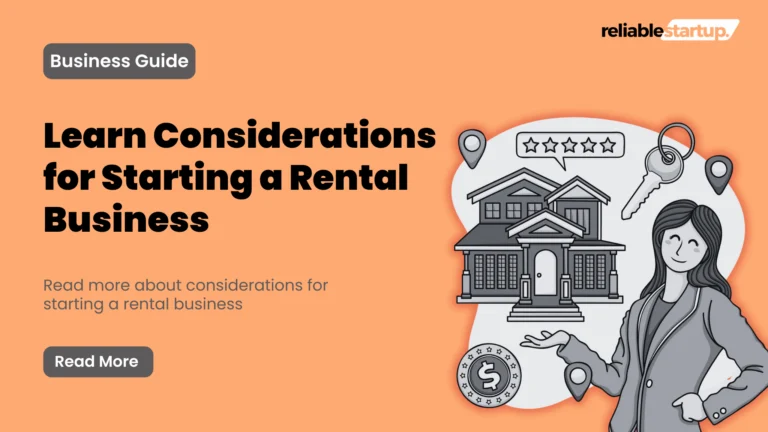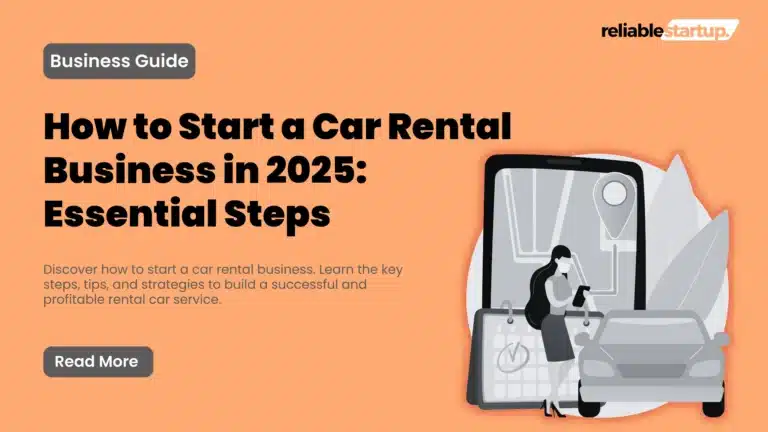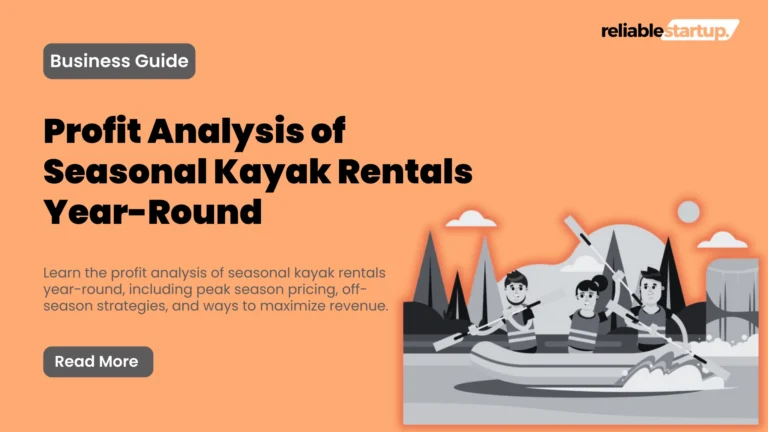How To Start An Equipment Rental Business: Step-by-step Guide
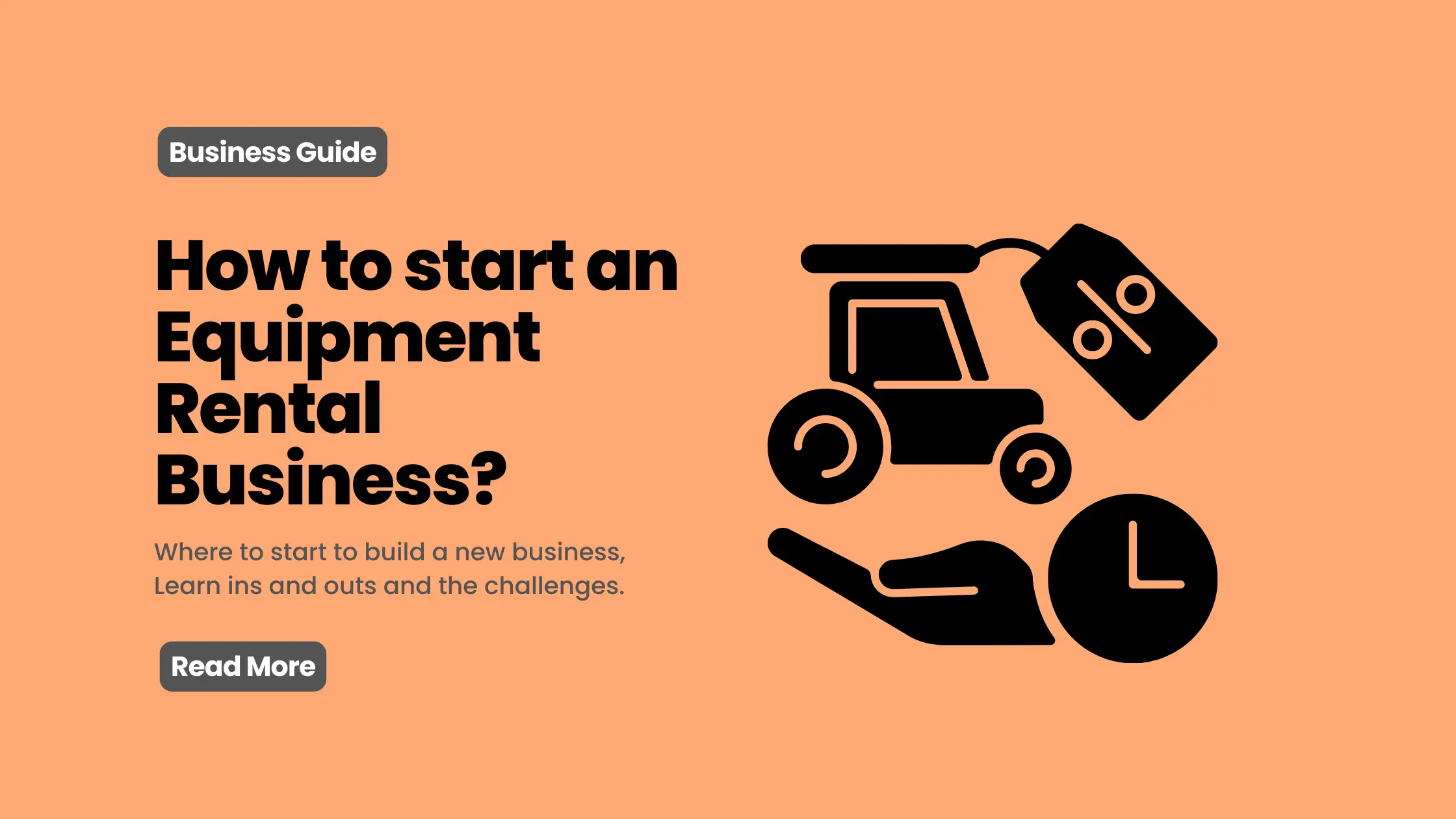
An equipment rental business is a company that provides various types of equipment for rent to individuals or other businesses for a specified period. The types of equipment offered can vary widely depending on the niche and target market of the rental business.
Starting an equipment rentals involves several important steps. First, choose the right niche and target the right customers. Next, buy high-quality equipment and create a strong marketing plan to attract clients. Our guide walks you through each step, giving you the knowledge and tools to start your successful equipment rentals.
The equipment business is set to grow from USD 42.64 billion in 2022 to USD 58.49 billion by 2029, making it a great time to invest. To make the most of this booming market we have to guide you step by step how you can start this business.
Is Equipment Rentals A Profitable business Or Not?
An equipment rental business can be profitable due to the high demand for flexible, cost-effective access to equipment across various industries. Customers avoid high upfront costs and maintenance, generating steady revenue for the business.
Key factors for success
- Effective market research
- A diverse and well maintained inventory
- Excellent customer service
However, challenges such as high initial investments, maintenance, and competition must be managed. Efficient logistics, strong marketing, and clear rental agreements are essential. With proper planning and management.
Important Niches Under Equipment Rental Business
Considering starting your rental equipment business? Before you get started, it’s essential to decide which specific part (niche) of the industry you want to focus on.
1. Construction Equipment Rental
Heavy Machinery: Excavators, bulldozers, backhoes, cranes.
Small Tools: Power tools, scaffolding, generators, compressors.
2. Party and Event Equipment Rental
Event Essentials: Tents, tables, chairs, linens.
Audio-Visual Equipment: Sound systems, projectors, lighting.
Entertainment: Inflatable bounce houses, games, party decor.
3. Medical Equipment Rental
Mobility Aids: Wheelchairs, scooters.
Home Medical Equipment: Hospital beds, oxygen concentrators.
Specialized Devices: Diagnostic tools, patient monitoring systems.
4. Office Equipment Rental
Technology: Computers, printers, copiers.
Furniture: Desks, chairs, cubicles.
Presentation Tools: Projectors, video conferencing systems.
5. Audio-Visual Equipment Rental
Production Gear: Cameras, microphones, recording devices.
Display Equipment: Projectors, screens, monitors.
Event Equipment: Lighting, sound systems for productions and events.
6. Landscaping and Gardening Equipment Rental
Heavy Equipment: Tractors, lawn mowers, tillers.
Tools: Hedge trimmers, leaf blowers, chainsaws.
7. Industrial Equipment Rental
Warehouse Equipment: Forklifts, pallet jacks, conveyor belts.
Manufacturing Tools: Welding machines, air compressors, generators.
8. Recreational Equipment Rental
Outdoor Gear: Bicycles, kayaks, camping gear.
Sports Equipment: Ski gear, snowboards, surfboards.
9. Cleaning and Maintenance Equipment Rental
Cleaning Tools: Carpet cleaners, pressure washers, floor scrubbers.
Maintenance Gear: Ladders, scaffolding, safety equipment.
10. Agricultural Equipment Rental
Farming Machinery: Tractors, harvesters, plows.
Irrigation Equipment: Pumps, sprinklers, water tanks.
Each niche has its own specific demands, equipment needs, and customer base, allowing businesses to specialize and cater to distinct market segments effectively.
After Pick selected Niche: Follow this step-by-step guide before start Working on It
This guide provide step-by-step instructions for starting a trailer rental business. Implementation will vary based on your budget, goals, market, and preferences. Adapting these steps to your situation is key to success.
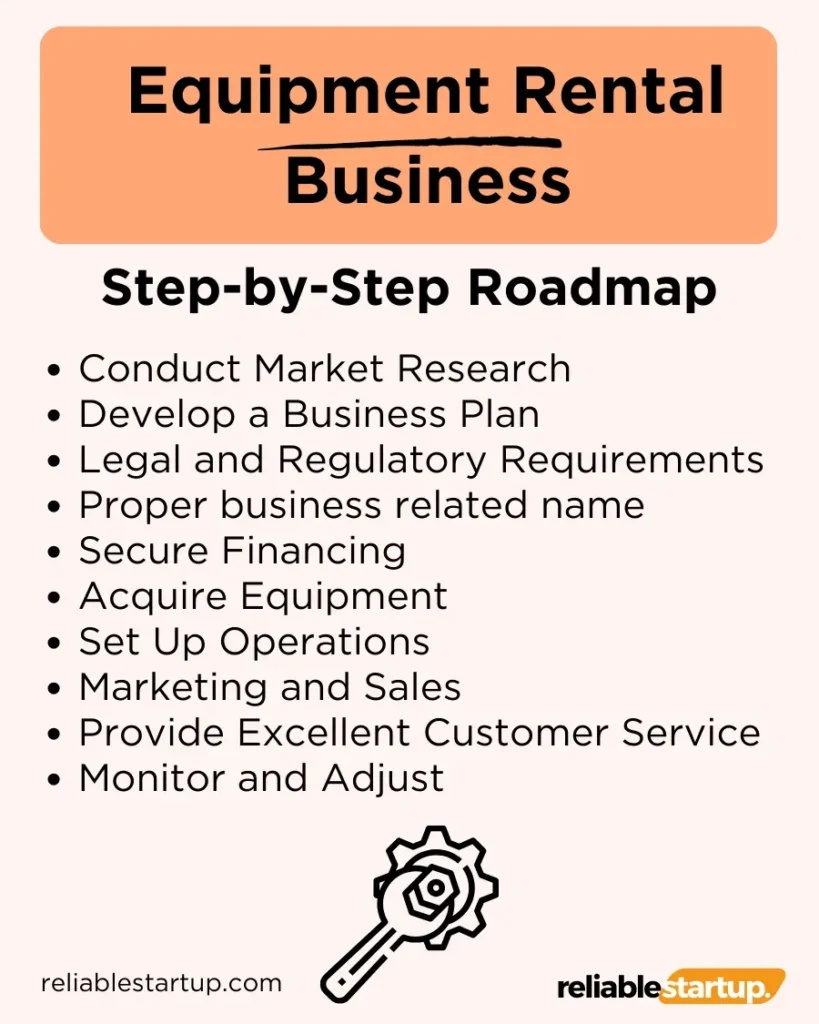
- Conduct Market Research
- Develop a Business Plan
- Legal and Regulatory Requirements
- Proper business related name
- Secure Financing
- Acquire Equipment
- Set Up Operations
- Marketing and Sales
- Provide Excellent Customer Service
- Monitor and Adjust
1. Conduct Market Research for an Equipment Rental Business
The first step to launching your equipment rental venture is to explore the market and industry thoroughly. Familiarize yourself with key terms and trends. Sketch out your idea on paper or use a digital mindmap to visualize your business plan. Link all the elements to ensure your concept is practical and ready for action.
2. Develop a Business Plan
A well-crafted business plan serves as your roadmap to success. Begin with an executive summary that outlines your business concept, target market, and goals. Conduct a thorough market analysis to substantiate your understanding of market demand and competition.
Define your services clearly, detailing the types of equipment you will rent out and any additional services you may offer.
Your marketing strategy should outline how you will attract and retain customers, while the financial plan should include startup costs, revenue projections, and funding sources. A comprehensive business plan not only guides your initial setup but also serves as a reference point for future growth and decision-making.
3. Legal and Regulatory Requirements
Navigating the legal and regulatory landscape is essential for ensuring compliance and protecting your business. Choose an appropriate legal structure for your business (e.g., sole proprietorship, LLC, corporation) and register your business name accordingly.
Develop clear rental agreements that outline terms, conditions, responsibilities, and liabilities to protect both your business and your customers.
4. Proper business related name
A proper business name should be clear, memorable, and relevant to your equipment rental venture, reflecting professionalism and credibility. It should resonate with your target market and differentiate your brand from competitors in the industry. Choosing a name that is easy to pronounce and spell can also enhance brand recognition and customer recall.
For Example.
- RentEquip Solutions
- GearRental Pros
- ToolTroop Rentals
- EquipEase Rentals
- PrimeGear Rentals
5. Secure Financing
Calculate your startup costs, including equipment purchases, insurance, marketing expenses, and operational costs. Explore various funding options such as personal savings, bank loans, investments, or small business grants to secure the necessary capital.
6. Acquire Equipment
Once finances are secured, acquire the equipment needed for your rental business. Depending on your niche and budget, purchase new or used equipment that meets industry standards and customer expectations. Conduct thorough inspections to ensure all equipment is in good working condition and establish a regular maintenance schedule to prolong equipment life and minimize downtime.
7. Set Up Operations
Choose a suitable location for storing and renting out equipment, ensuring it is accessible to your target customers. Implement an efficient inventory management system to track equipment availability, maintenance schedules, and rental history.
Moreover! Develop an easy-to-use reservation system that allows customers to book equipment online or over the phone, streamlining the rental process and enhancing customer experience.
8. Marketing and Sales
Build a professional website that showcases your equipment offerings, services, and rental terms. Implement online marketing strategies such as search engine optimization (SEO), social media marketing, and pay-per-click advertising to reach potential customers.
Also utilize local marketing tactics such as flyers, business cards, and partnerships with local businesses or event planners to raise awareness and attract customers within your community.
9. Provide Excellent Customer Service
Customer service is key to maintaining customer satisfaction and loyalty. Establish clear communication channels to handle inquiries, reservations, and customer support efficiently. Collect feedback from customers to continually improve your services and address any issues promptly.
10. Monitor and Adjust
Regularly monitor your business performance against your goals and financial projections. Analyze key performance indicators (KPIs) such as rental utilization rates, customer acquisition costs, and revenue growth. Use this data to make informed decisions and adjustments to your marketing strategies, operations, or inventory management as needed.
Additionally continuously adapting to market trends and customer feedback will ensure your equipment business remains competitive and profitable in the long term.
Final Verdict
Starting an equipment rental business involves meticulous planning, from market research and legal compliance to acquiring equipment and implementing effective operations. By focusing on customer satisfaction, maintaining quality equipment, and adapting to market trends, businesses can establish a solid foundation for long-term success in this competitive industry.
Good luck!



